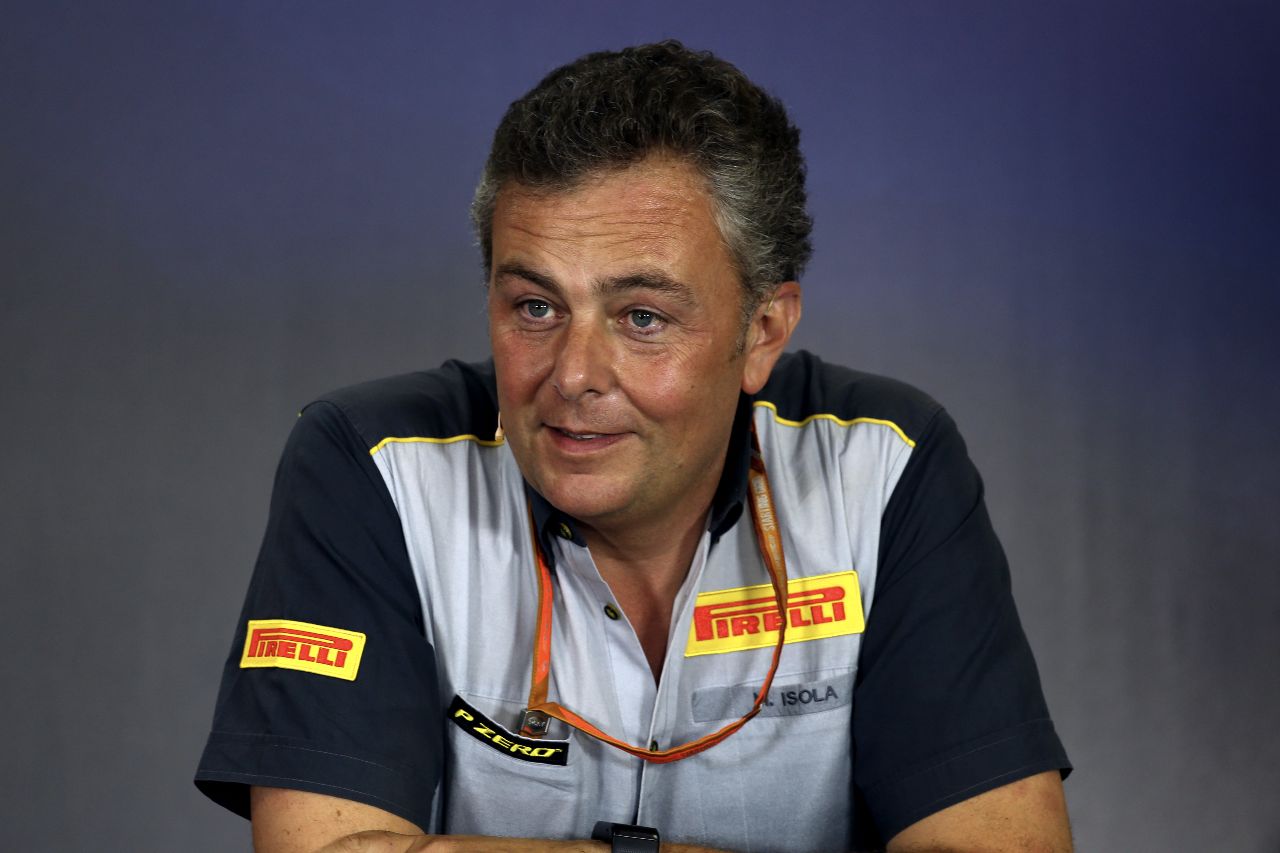The recent races in China and Japan showed that having a strategy where drivers stop for new tires twice can make the races more exciting with lots of passing and action.
However, Formula 1 faces a problem because they can’t use the same type of tires at every track. Sometimes, the available tire options don’t allow for the kind of racing that fans enjoy.
Often, one of the tire options isn’t good enough for racing, so everyone uses the same strategy. Or, the hardest tire lasts the whole race, making it boring with just one pit stop.
Pirelli, the company that makes F1 tires, knows about this problem. F1 wants races with two pit stops, but it’s not easy for Pirelli to make tires that work for every track.
Mario Isola, who is in charge of F1 tires at Pirelli, joked that they would need to make “24 times three” different types of tires to solve this problem. While that’s an exaggeration, it’s still a big challenge to make tires that work well on all types of tracks.

Isola says that having more street races in recent years makes it even harder to choose the right tires for each race. Tires that work well on city tracks like Monaco and Singapore are different from those needed for fast tracks like Spa and Silverstone.
He suggests that to make races more exciting, they might need to have more options for softer tires, especially for street circuits.
Pirelli is thinking about making changes for 2025, like having softer tires that are more durable. This could lead to more races with two pit stops.
Isola says it’s difficult because each track needs different types of tires. For example, Monaco needs three specific types of tires, while other tracks need just one.
To make better tires, Pirelli needs more options. But it’s hard to do because they can’t test on street circuits like Monaco or Singapore except during race weekends.
Isola suggests that F1 should consider allowing more tire options to be used. This could help Pirelli make tires that work well on different tracks.
While testing tires in Monaco or Singapore after the races sounds like a good idea, it’s not practical. But finding a solution to this problem would make F1 races more exciting throughout the year.

